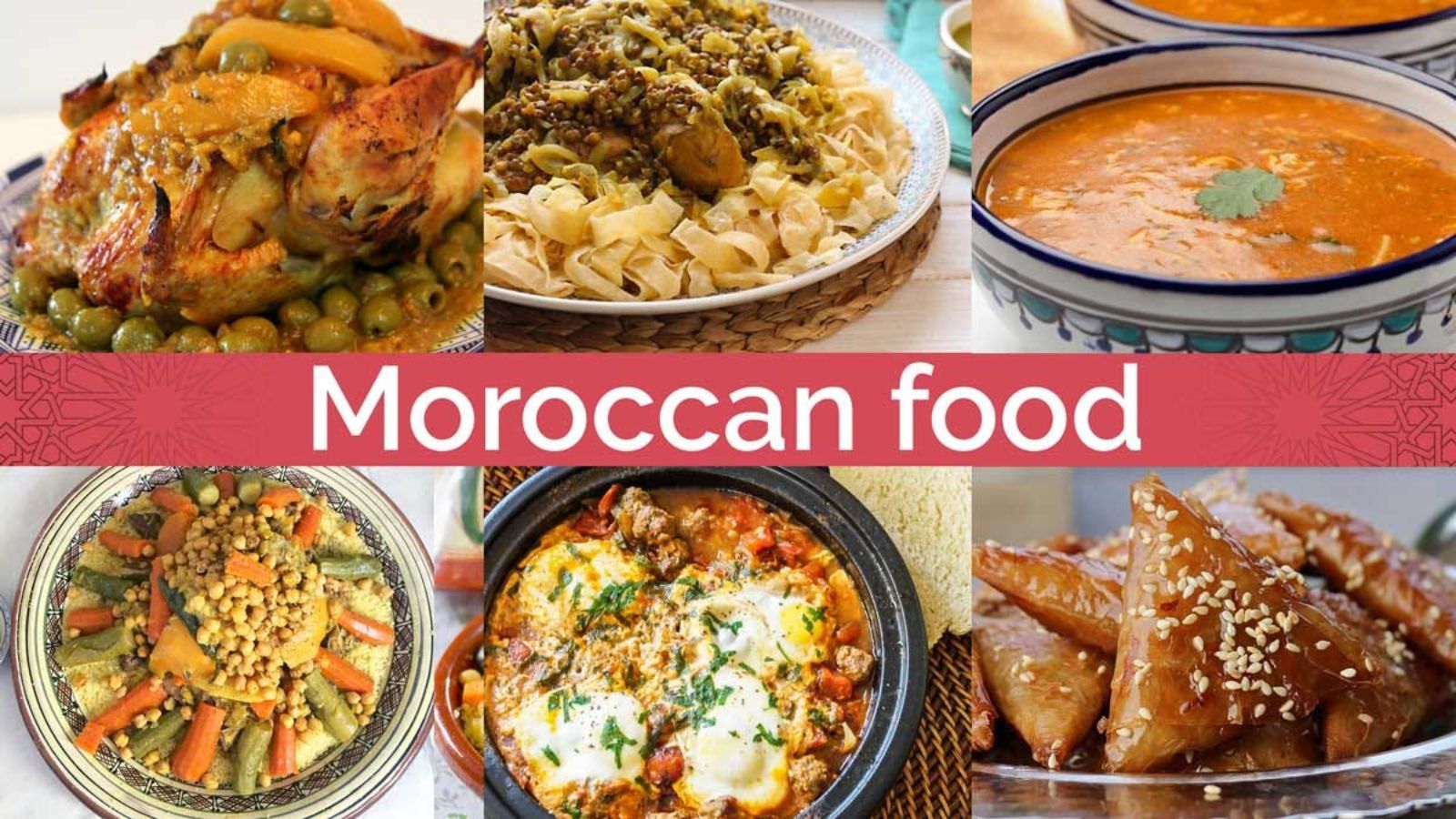Culinary Adventures in Morocco: Exploring Moroccan Cuisine and Food Culture
Embark on a tantalizing journey through the vibrant flavors and aromatic spices of Moroccan cuisine. From savory tagines to sweet pastries, Morocco boasts a culinary heritage as rich and diverse as it
home / News & BlogsWorldSwiftVoyagers | April 1, 2024, 10:24 a.m.
Culinary Adventures in Morocco: Exploring Moroccan Cuisine and Food Culture

Introduction to Moroccan Cuisine:
Moroccan cuisine is a delightful fusion of flavors influenced by centuries of trade and cultural exchange. Drawing inspiration from Berber, Arab, Moorish, and Mediterranean culinary traditions, Moroccan dishes are known for their bold spices, fragrant herbs, and diverse ingredients sourced from the country's fertile lands and bountiful seas. From the bustling markets of Marrakech to the coastal towns of Essaouira, every region of Morocco offers a unique culinary experience that reflects its geography, climate, and cultural heritage.
Popular Moroccan Dishes:
-
Tagine: Perhaps the most iconic Moroccan dish, tagine is a slow-cooked stew named after the earthenware pot in which it is cooked. Made with tender meat (usually lamb or chicken), vegetables, and a blend of spices such as cumin, cinnamon, and saffron, tagine is a hearty and aromatic dish enjoyed across Morocco.
-
Couscous: Considered the national dish of Morocco, couscous is a staple food made from steamed semolina grains. Traditionally served with a savory stew of vegetables, meat, or fish, couscous is a versatile and comforting dish that is often enjoyed on festive occasions and family gatherings.
-
Pastilla: A culinary masterpiece of Moroccan cuisine, pastilla is a savory-sweet pastry filled with shredded meat (typically pigeon or chicken), almonds, and spices, all encased in layers of thin, flaky pastry. Topped with a dusting of powdered sugar and cinnamon, pastilla is a true delight for the senses.
-
Harira: A hearty and nourishing soup, harira is a beloved dish enjoyed throughout Morocco, especially during the holy month of Ramadan. Made with a base of tomatoes, lentils, chickpeas, and aromatic spices, harira is often served as a starter or as a meal unto itself, accompanied by dates and bread.
-
Mechoui: A traditional Moroccan barbecue dish, mechoui features slow-roasted lamb or goat seasoned with a blend of spices and cooked over an open flame until tender and succulent. Served with flatbread and a side of tangy harissa sauce, mechoui is a popular street food enjoyed at festivals and celebrations.
Must-Try Moroccan Ingredients:
-
Ras el Hanout: A complex spice blend that translates to "head of the shop," ras el hanout is a cornerstone of Moroccan cuisine, typically containing a mixture of up to 30 different spices, including cardamom, cloves, nutmeg, and turmeric.
-
Preserved Lemons: A staple ingredient in Moroccan cooking, preserved lemons add a unique tangy flavor and depth to dishes such as tagines and salads. They are made by curing lemons in a mixture of salt and lemon juice, resulting in a soft, intensely flavored condiment.
-
Argan Oil: Known as "liquid gold," argan oil is prized for its nutty flavor and health benefits. Made from the kernels of the argan tree, which is native to Morocco, argan oil is used in cooking, cosmetics, and traditional medicine.
-
Saffron: The world's most expensive spice, saffron adds a golden hue and delicate floral aroma to Moroccan dishes. Harvested from the stigma of the crocus flower, saffron is used sparingly in recipes such as tagines, rice dishes, and desserts.
-
Orange Blossom Water: A fragrant floral water distilled from orange blossoms, orange blossom water is used to flavor desserts, pastries, and beverages in Moroccan cuisine. Its delicate aroma adds a subtle floral note to dishes such as Moroccan pastries and sweet treats.
Culinary Customs and Traditions:
Moroccan cuisine is not just about the food—it's also about the rituals and customs that surround the act of eating. Hospitality is central to Moroccan culture, and guests are welcomed with open arms and lavish feasts. Meals are often served family-style, with diners gathering around a communal table to share platters of food and engage in lively conversation. It is customary to eat with the right hand, using a piece of bread to scoop up food from shared dishes. Traditional Moroccan mint tea, sweetened with sugar and infused with fresh mint leaves, is served throughout the day as a symbol of hospitality and friendship.
Conclusion:
Embarking on a culinary adventure in Morocco is a feast for the senses, with each dish offering a tantalizing blend of flavors, textures, and aromas that reflect the country's rich cultural heritage and diverse culinary traditions. From savory tagines to sweet pastries, Moroccan cuisine is a celebration of the bountiful land and sea, where every meal is an opportunity to savor the essence of Morocco. So, pack your appetite and prepare to indulge in the culinary delights of this enchanting North African country. Your taste buds will thank you for the journey!
